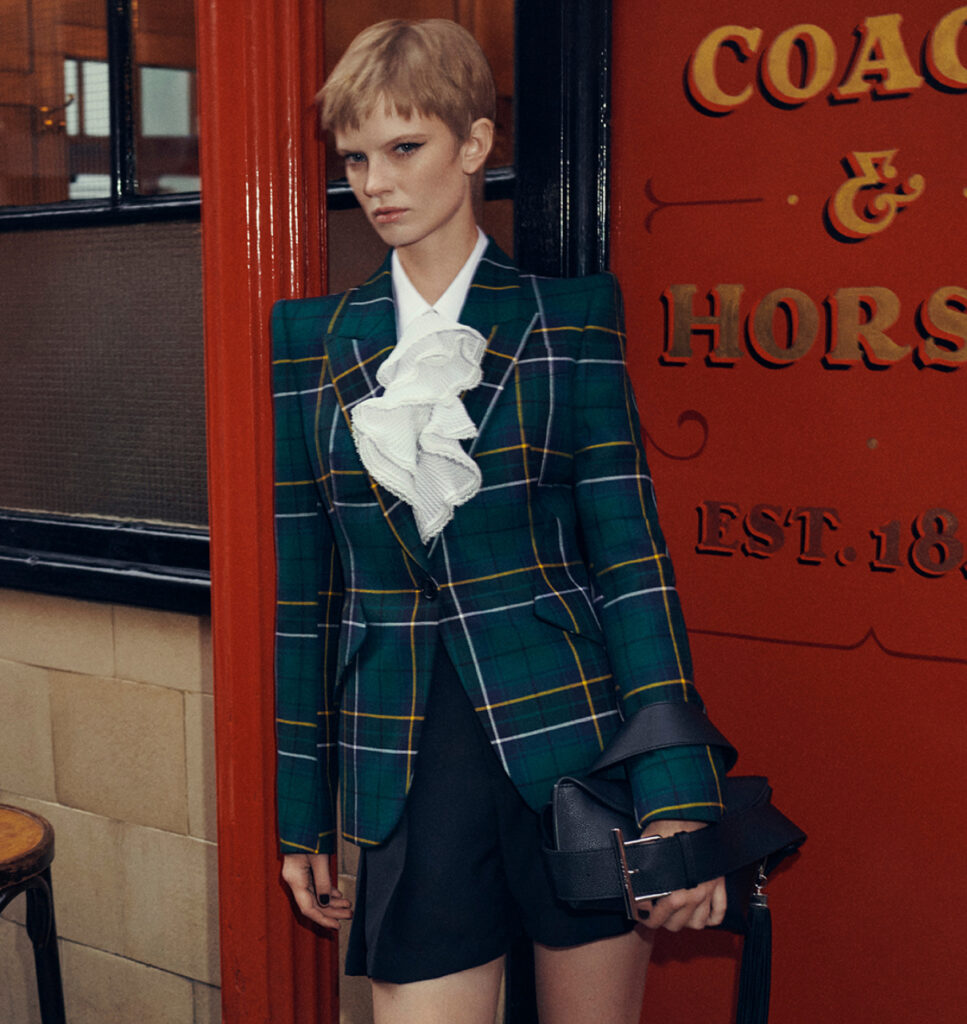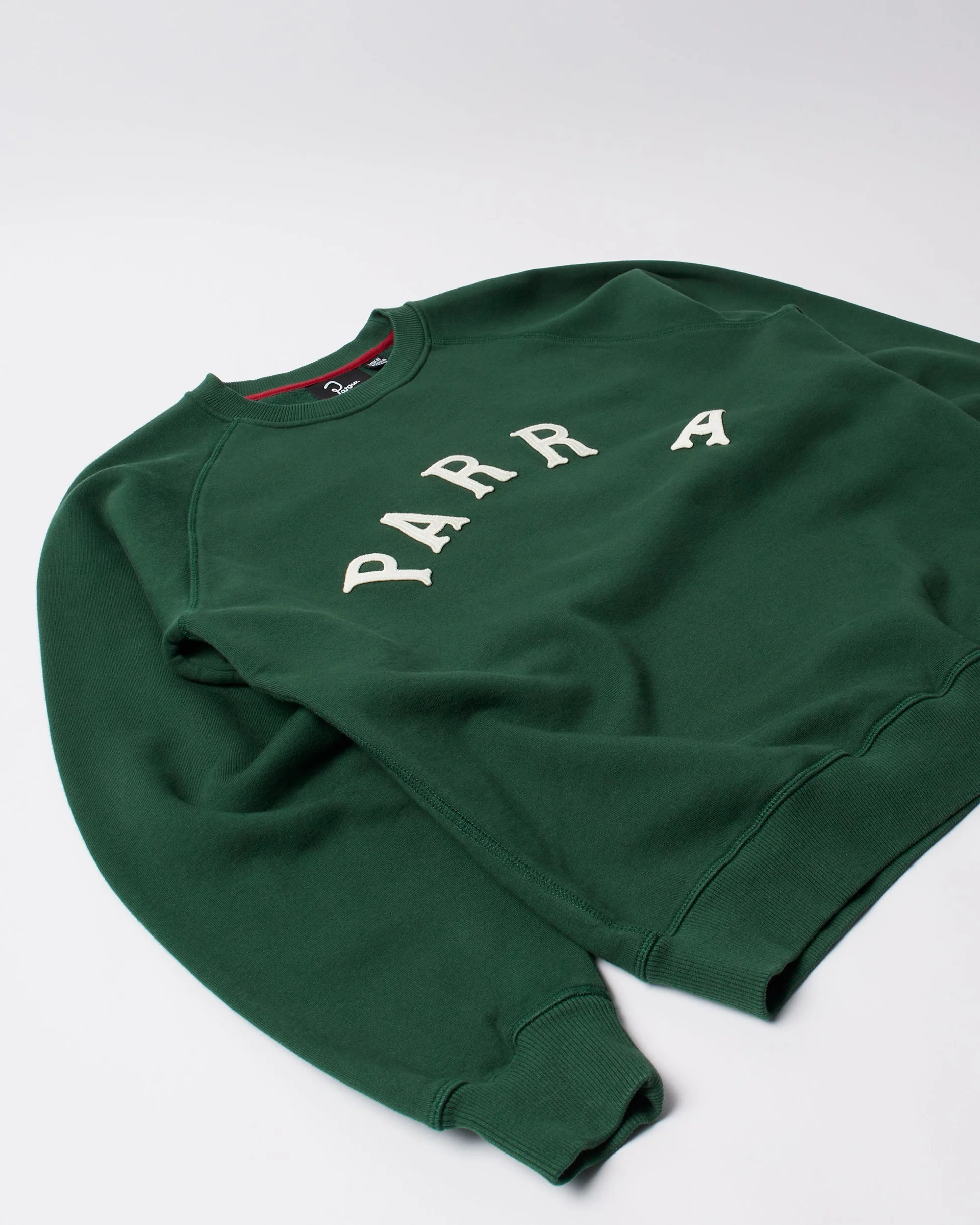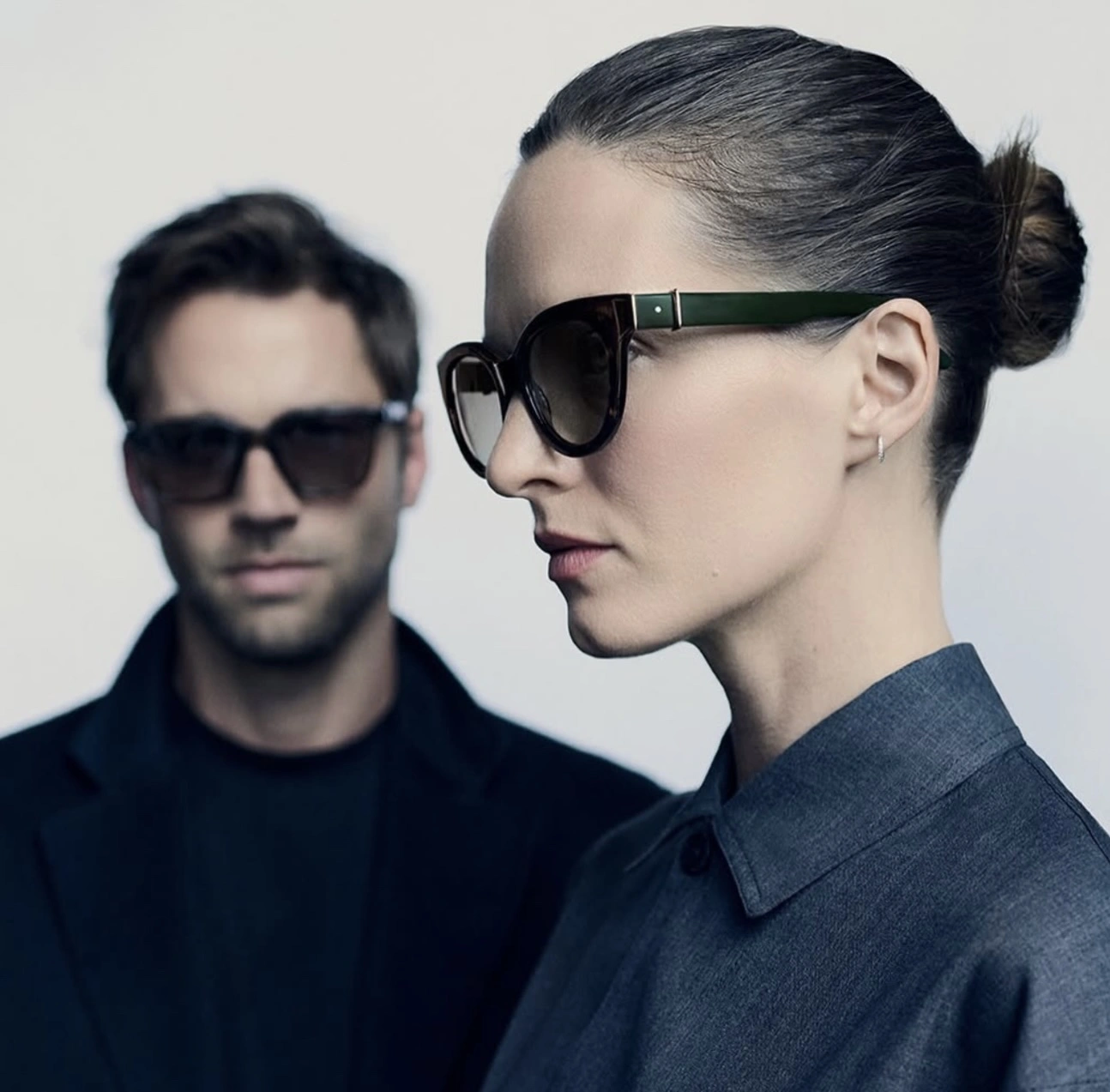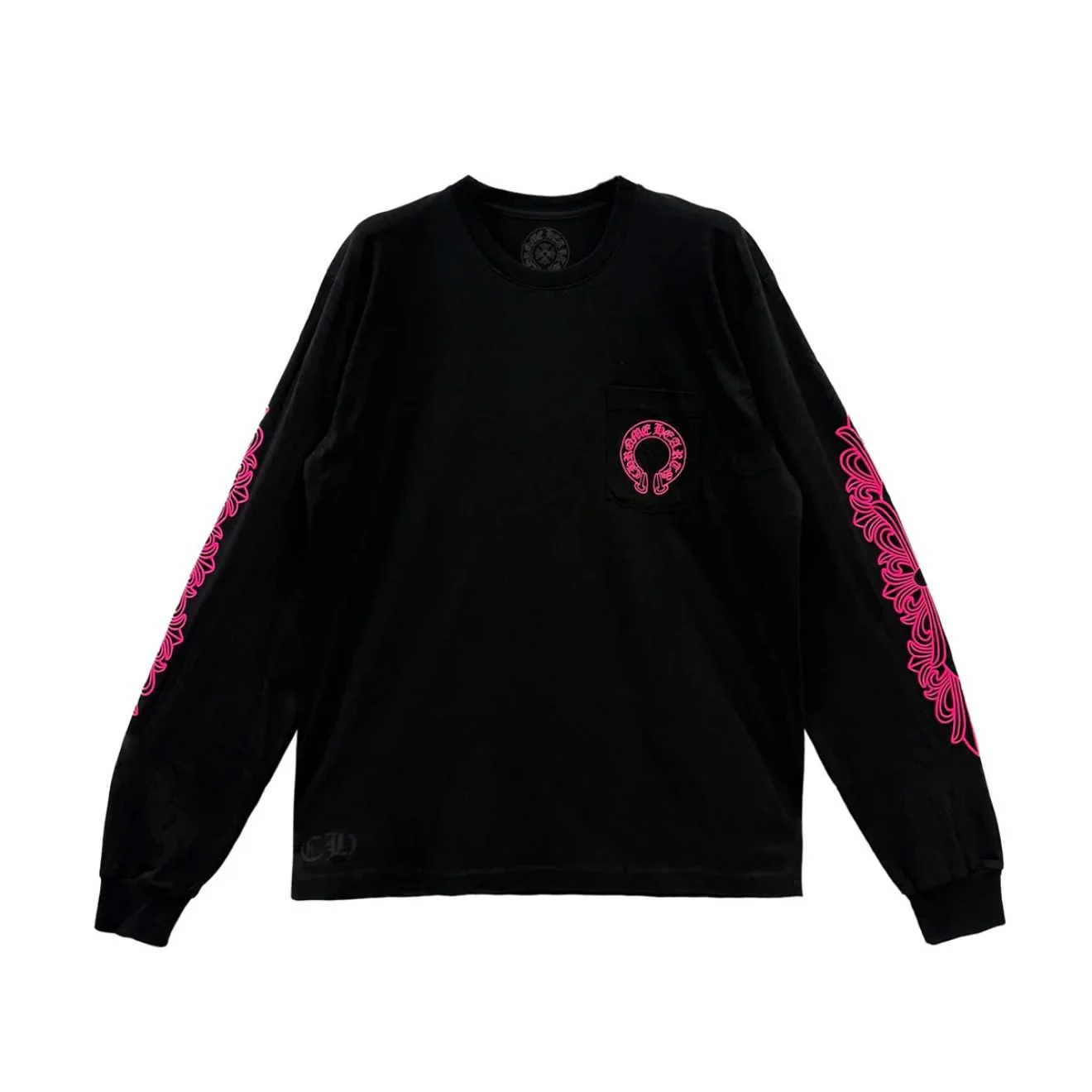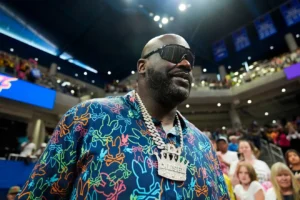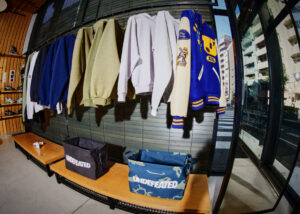Photo: Courtesy of Alexander McQueen
If you walk through Soho today, you’ll find a digital buzz hanging in the air—phones angled for the perfect shot, ring lights flashing on cobbled corners, influencers chasing relevance one TikTok at a time. It’s a self-aware spectacle, a theatre of the algorithm. But under the surface—beneath the performative poses and curated aesthetics—there’s something else. Something older. Something raw. That’s the tension Sean McGirr taps into with Alexander McQueen’s AW25 pre-collection. Not just a look back, but a resurrection of the restless spirit that once defined these streets.
McGirr’s debut as creative director was never going to be quiet. Stepping into the house that Lee McQueen built comes with weight. It demands more than fashion. It demands vision. For AW25, McGirr responds with work that’s part rebellion, part reverence—a collection that rewires London’s subcultural past into fashion’s immediate future.
A Story Told in Layers
This is not nostalgia for nostalgia’s sake. What McGirr offers is deeper: a re-animation. The campaign, shot by Theo Sion at The Coach & Horses—a pub once soaked in Soho’s outsider energy—grounds the collection in the grit and glamour of mid-20th-century London. This isn’t a sanitized, stylized Soho. It’s the version you smell before you see. Cigarette smoke. Pints poured over punk poetry. Ripped stockings and accidental iconography. It’s a mood, not a set.
The clothes mirror that duality—precise tailoring meets performative flair. A tartan blazer worn over a ruffled blouse feels like Vivienne Westwood had a drink with Edith Sitwell. Feathered trim slices through the severity of sharp-shouldered jackets, collapsing the wall between subversion and sophistication. It’s theatrical without losing control. Dramatic without drama.
There’s tension everywhere: heritage fabrics cut with futuristic silhouettes; delicate lace trapped under military lines; romanticism interrupted by something brutal. These contradictions don’t cancel each other out—they feed off each other. That’s the essence of McQueen, and McGirr gets it.
Soho as Muse, Not Costume
The choice of Soho isn’t just a backdrop. It’s a statement. Soho has always been a sanctuary for outsiders—queer creatives, punk provocateurs, underground icons. It’s where identities were forged, not for attention, but for survival. In its heyday, the district pulsed with jazz, skinhead ska, drag, beat poetry, leather, latex, and lipstick smeared sideways.
McGirr doesn’t borrow from Soho’s wardrobe—he channels its energy. That’s why the lingerie-inspired dresses don’t feel like lingerie. They feel like armor worn under streetlight scrutiny. The ruffled blouses don’t reference femininity—they radicalize it. Each look carries a whisper of someone who lived on the fringe and still made themselves seen.
This is where fashion transcends trend. When you look at these garments, you’re not just seeing fabric. You’re seeing a philosophy: that style is a declaration. That clothing, worn with conviction, becomes testimony.
Subculture, Not Hype Culture
Fashion’s current obsession with “archive energy” often stops at the surface—just another moodboard. But McGirr doesn’t just sift through the past for aesthetics. He engages with the emotional residue. What it felt like to be on the outside looking in. What it meant to disrupt the norm not for clout, but because you had no other option.
In that sense, McGirr’s Soho isn’t retro. It’s resistance. And the AW25 collection channels that urgency.
One standout look places a perfectly tailored houndstooth coat over silk boxer shorts. It’s not cheeky; it’s assertive. Another combines a biker jacket with bishop sleeves—masculine leather softening into fluidity. This isn’t genderless as a gimmick; it’s genderless as a state of mind. The boundaries blur not for branding, but for truth.
These are the clothes you wear when you have something to say but refuse to say it quietly.
McQueen’s Legacy, Refracted
The Alexander McQueen label has always lived in the liminal—between brutality and beauty, between craft and chaos. Sean McGirr doesn’t shy away from that legacy. He reconfigures it. This is not imitation. It’s interpretation.
You can feel McQueen’s fingerprints in the details: the sculptural tailoring, the anatomical precision, the romantic decay. But there’s also a shift in tone. Where McQueen sometimes pushed toward theatrical morbidity, McGirr adds wit. There’s a humor here—dry, dark, unflinching. Less tragedy, more defiance.
Even the styling reflects this evolution. Models appear both composed and unbothered. Hair slicked or disheveled. Makeup minimal, but not neutral. Faces tell stories. Bodies take space. The casting itself feels deliberate—diverse in age, attitude, and energy. These are not blank canvases for clothing. They are characters.
Theo Sion’s Lens: A Living Archive
Photographer Theo Sion does more than document. He animates. His camera captures texture—the grain of worn wood, the fogged glass of a pub mirror, the soft abrasion of wool against skin. Every frame feels like an encounter, not a pose.
There’s a spontaneity in the imagery. Models lean across tables like they’ve just told a secret. Others stare into the camera, unflinching. It doesn’t feel staged. It feels caught. And that’s crucial. Because if McGirr’s collection is about resurrecting subcultural grit, Sion ensures it doesn’t get lost in editorial polish.
The Coach & Horses itself becomes a co-conspirator. Not a prop, but a player. Its worn walls, scratched floors, and shadowed corners echo every stitch. It’s the kind of place where style is forged, not sold. Where people once dressed not to impress, but to belong—or to defiantly not belong.
Romance, But Make It Armed
There’s an undercurrent of intimacy in many of these looks. A slip dress here, a blouse unbuttoned there. But don’t mistake it for softness. The romance here is armored. There’s a refusal in the way silk clashes with leather, in the way delicate ruffles jut from beneath harsh outerwear.
It’s not about dressing up. It’s about dressing against. Against the mainstream. Against flattening. Against being told how to be soft, how to be strong, how to be seen.
And that makes the AW25 collection not just relevant—it makes it necessary.
Conclusion: More Than a Collection
Sean McGirr’s AW25 pre-collection for Alexander McQueen isn’t just a lineup of looks. It’s a map. A route through Soho’s memory, McQueen’s DNA, and fashion’s next mutation.
It tells a story for those who’ve ever felt outside, who’ve ever used clothes to create space where none existed. It honors the energy of the street, the sweat of the pub, the flick of eyeliner applied in a bathroom mirror before stepping into a world that misunderstands you.
In an industry increasingly addicted to spectacle, McGirr offers something rarer: substance. A collection that respects the past, but isn’t trapped by it. One that walks forward—even if the cobblestones beneath its feet are still a little crooked.
No comments yet.

